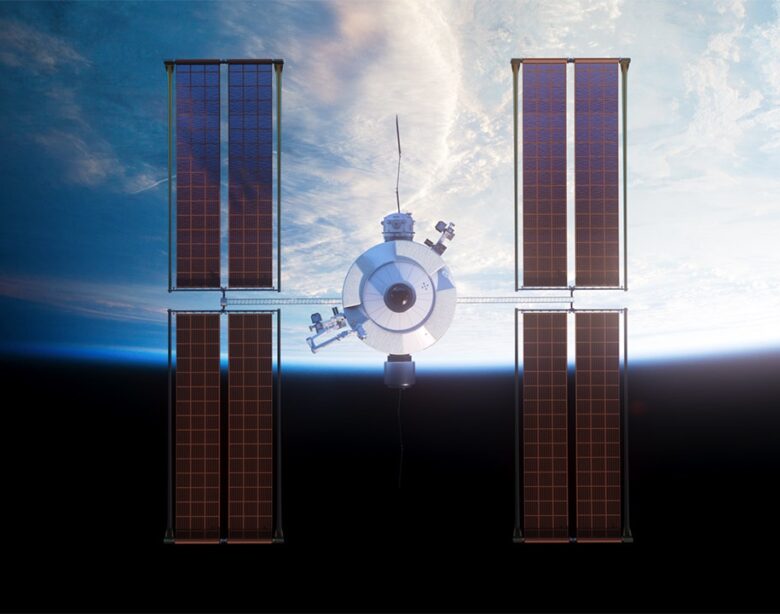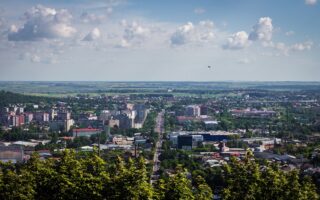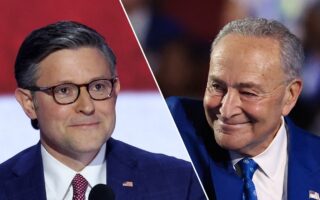[ad_1]
Before the International Space Station launched into orbit in 1998, the United States signed documents with other countries. several places to agree to peaceful use of the orbital laboratory. The agreement includes Russia, Japan, Canada and 11 European countries. China was left out of the plan.
Nearly a decade later China has expressed interest in joining those aboard the space station. The European Space Agency has signaled support for the addition. together with South Korea The final decision was ultimately resisted by the United States.
“I think you have to understand that Congress gave us clear direction in 2011,” said NASA Deputy Administrator Pam Melroy. That will give China some advantages.”
In 2011, Congress included a spending bill to prohibit cooperation between NASA and China on certain scientific research matters. Including in space. Lawmakers argued that the Chinese project was too secretive and linked to the military.
NASA completes strategy for human presence in space
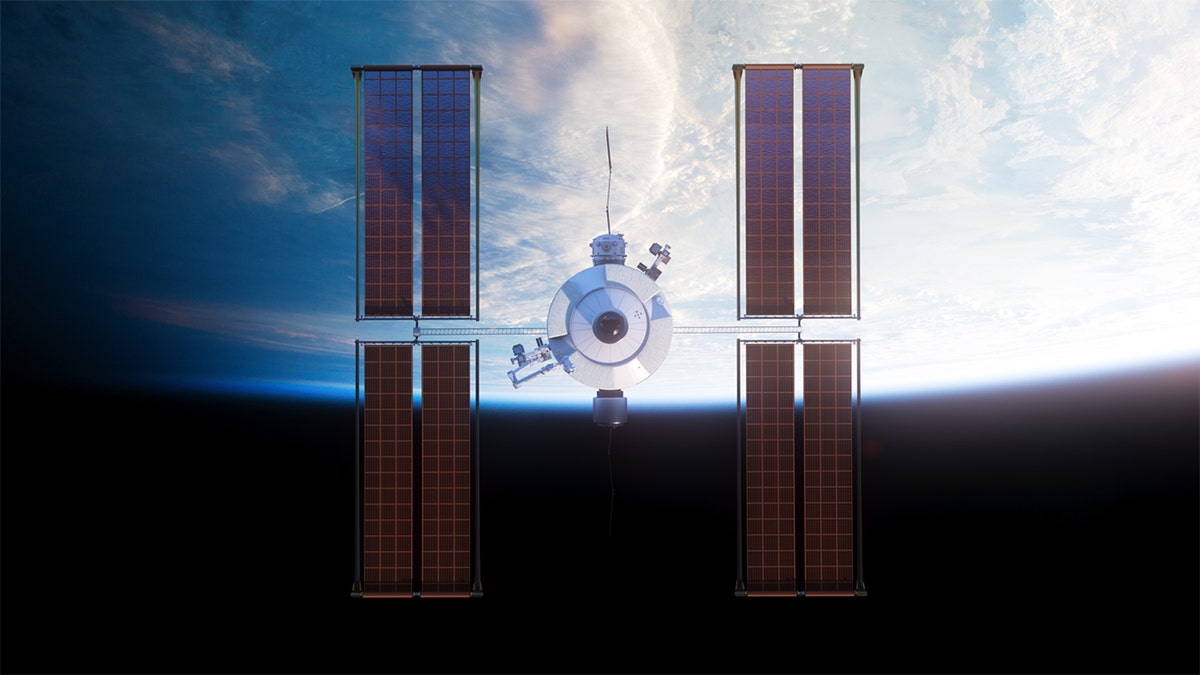
China has emerged as a new threat. and giving rise to a new space race (Star Lab)
“I think there is no doubt that they are economic competitors. And they are also contenders for leadership in geopolitics,” Melroy said.
China begins developing its own space station It launched and dismantled two short-term space labs between 2011 and 2018, and launched the first section of the Tiangong space station. which means Heavenly Palace in 2011
“Right now we are mainly focused on China. China is a threat We are in a new space race,” said Jeffrey Manber, president of the International Space Station and Voyager.
Voyager is one of three NASA contracted companies that are working to develop a new space station. Voyager says it is on track to launch Starlab in 2028. There are fears that NASA will face funding cuts. If there are delays for companies In designing the next space station, NASA will deorbit the station without a ready replacement.
Melroy insisted the agency would not let China be the sole operator of an orbital space station. But the storyline is consistent with the space shuttle program.
The American-made space shuttle is considered the world’s first reusable aircraft. It took off like a rocket and landed like a plane. In 2004, then-President George W. Bush announced a new space initiative. This includes retiring the space shuttle by 2010 and performing the first manned mission on a new spacecraft by 2014.
NASA completes strategy for human presence in space
“Crewed exploration vehicles will be able to transport astronauts and scientists to the space station after the space shuttle is retired,” Bush said in 2004.
The government considered several contractors to develop vehicles under the Constellation project. Over the next several years Project delays and funding problems led the Obama administration to cut the project from the 2011 budget.
“Implementing this new strategy will require us to revise our old strategy. Part of this is because of the old strategy. Including projects Constellation It has not lived up to its promise in many ways,” then-President Barack Obama said in April 2010.
The administration has allocated more than $6 billion to support commercial companies building spacecraft. The shuttle program ended a year later. American-made rockets are not yet available, and the United States is forced to rely on Russia for continued space travel.
“It was a difficult time. I think it was the right decision. The time of the space shuttle is over. We need to make strategic investments in our own industry to improve our ability to put humans in space,” Melroy said. “There are a lot of people who think we will cancel the space program.”
NASA will eventually launch an American-made rocket that can take humans to the space station. Nine years after the space shuttle retired It’s a six-year delay from Bush’s initial prediction. SpaceX’s 2020 launch marks the first commercial rocket on U.S. soil.
ELON MUSK STARTS TO CREATE STARBASE, TEXAS, OFFICIAL ‘GATEWAY TO MARS’
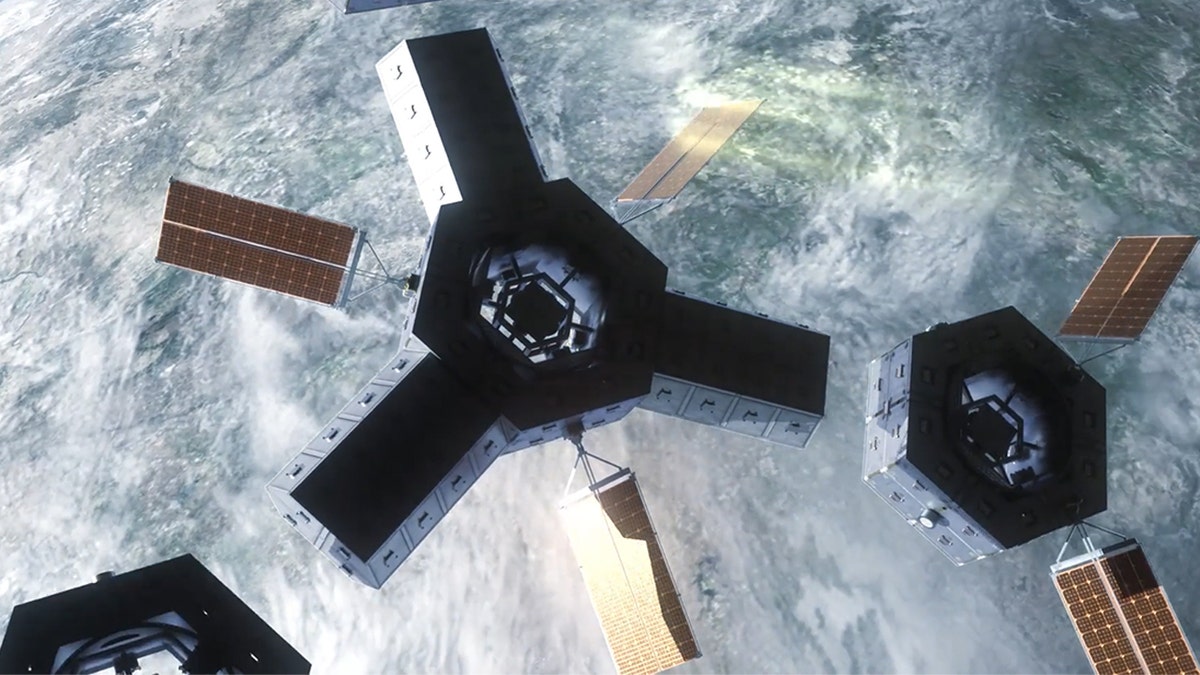
China has created a new race for space exploration. (Archisis)
Meanwhile, NASA faces the same opportunity again. Officials insist they have a different strategy in the space race against China.
“I think it’s different in the sense that we’re still leaders. We intend to remain a leader. We intend to remain your partner of choice. We work very well with our international partners. And they want to continue working with us,” Melroy said.
Only Chinese Taikonauts have visited the Tiangong space station. The country has shown openness in welcoming astronauts from other countries. Beijing has increased cooperation with Sweden, Russia and Italy in recent months. China’s first international payload is launched on a Chinese commercial rocket. Including Oman’s first satellite. which is equipped with artificial intelligence for urban planning Forest monitoring and disaster management
If China becomes the only country with a permanent existence in space, International partners may be forced to rely on Taikonauts for long-term needs in low Earth orbit. Commercial companies may be forced to do the same.
“We have to be careful about technology transfer. And how can we connect with foreign companies? to make sure we never abandon anything technology-related,” said Dave Barnhart, CEO of Arkisys.
California-based Arkisys is building a robotic service port to enable companies. Use while in orbit
“We can provide products, supplies, robotic handling capabilities, fuel, whatever is needed to support the service architecture,” Barnhart said.
Barnhart added that the port could help the United States. Can compete in space If the commercial station is not ready to go when the space station is decommissioned Even though this port is robotized and there are no humans on board, But it still makes the United States It has a permanent form of existence.
“We really hope that we are a bridge between when (the space station) is decommissioned and when the new commercial space station is there,” Barnhart said. “We are free We can move much faster. We can allow different orbital transport vehicles to come in to carry cargo, carry fuel and carry new payloads.”
[ad_2]
Source link
